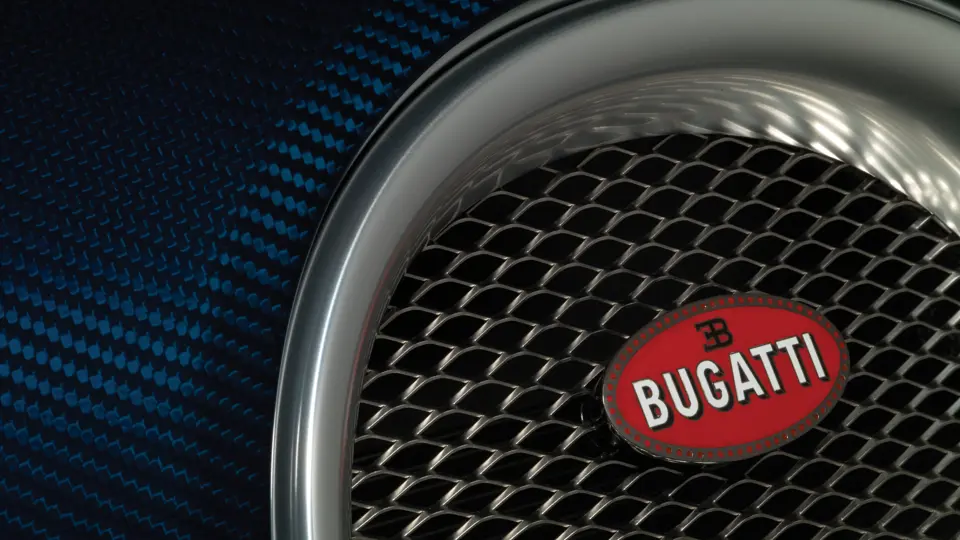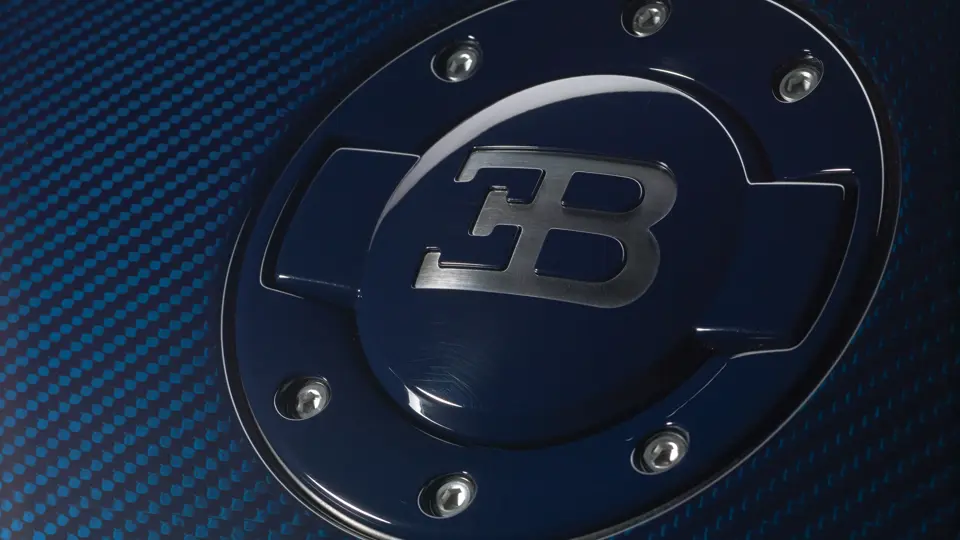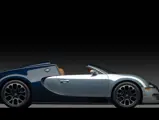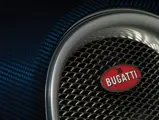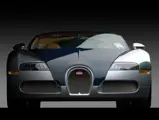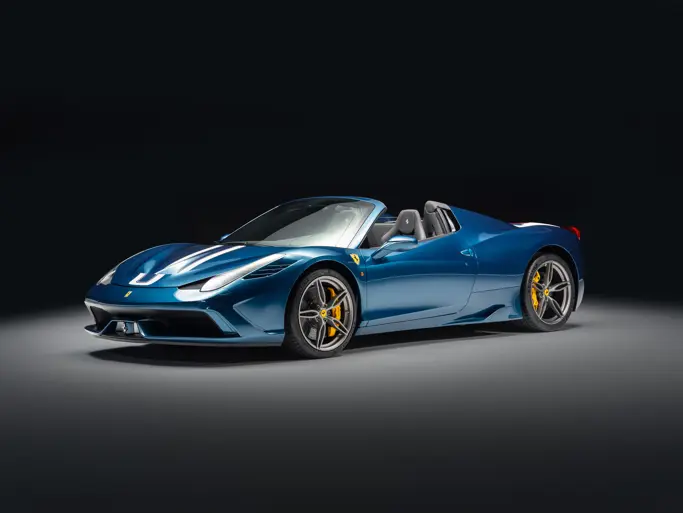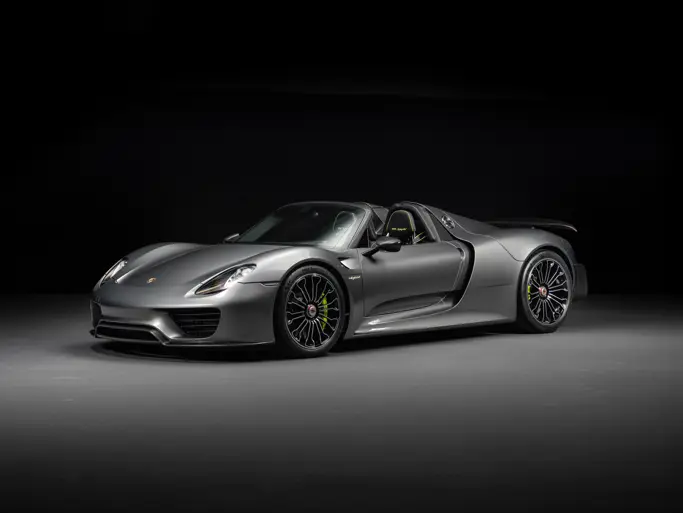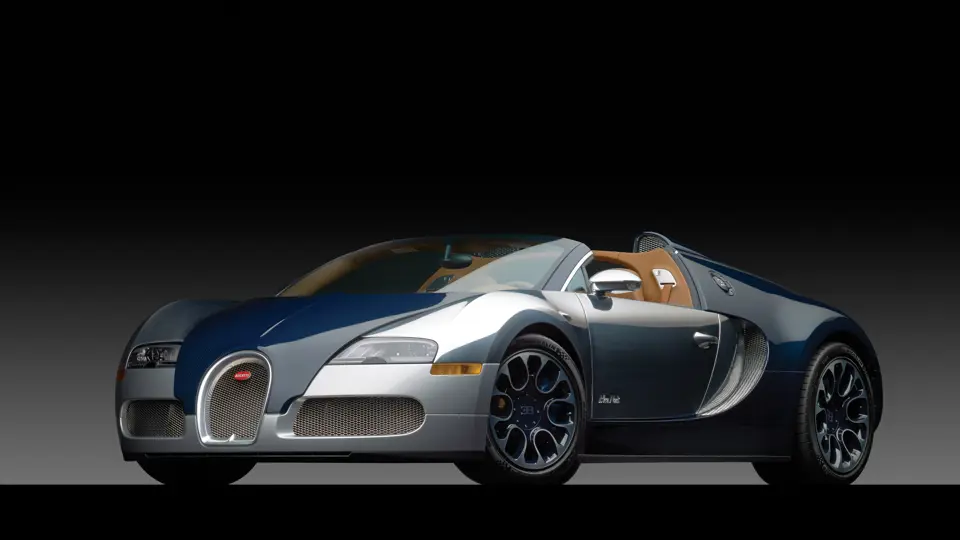
2011 Bugatti Veyron 16.4 Grand Sport Bleu Nuit
{{lr.item.text}}
$2,310,000 USD | Sold
{{bidding.lot.reserveStatusFormatted}}
- The most important performance car of modern times
- A one-off “Blue Night” iteration
- Stunning blue carbon fiber and complementing polished aluminum
- Single ownership and very limited mileage
In 1998, Volkswagen Group Chairman Ferdinand Piëch orchestrated the acquisition of the fabled Bugatti name and set about doing it justice. Issues went out to Piëch’s best engineers to design a car that could achieve a top speed of 400 km/h and an output over 1,000 horsepower. Most critics felt that the demands were ludicrous, but as T.E. Lawrence said, “The dreamers of the day are dangerous men, for they may act their dreams with open eyes to make it possible.” When the production Bugatti Veyron 16.4 made its debut at the Tokyo Motor Show in October 2005, a team of engineers and designers, the dreamers of the day, had made the impossible possible. They had produced an automobile of such otherworldly performance, value, sophistication, and engineering that it would shatter virtually every record with which the motoring community challenged it.
To achieve Piëch’s goal of bringing a road-legal car to 250 mph, the engineers had married two V-8 engines together, to create a W-16 of nearly eight liters, and then, for good measure, they added four turbochargers. The result was, to say the least, powerful. An engineer recalled to National Geographic the first time that the Veyron’s engine was run at full throttle at Volkswagen’s Salzgitter, Germany, facility in 2001: the engine produced so much power, over 1,000 horsepower, that the heat of it completely overwhelmed the building’s exhaust system on the roof. No car had ever achieved such speeds before, and no one knew how the car’s components would react under such conditions; months would be spent engineering the cooling and exhaust systems on the Veyron. It was a process best compared to the early days of the international space race, except that engineers were in uncharted territory on the road, not in the sky.
Almost every component on the Veyron was hand-built, with hundreds of hours devoted to such components as the 10 radiators, the carbon-ceramic disc brakes, and the tires that were produced especially for the model by Michelin. Eight specialists were specifically employed to build 16 massive cylinders by hand; this was a job that took a week from start to finish.
Even though Bugatti stated 1,001 horsepower as the car’s standard output, most examples wound up producing around 1,030 to 1,040 horsepower in optimum conditions. This allowed the Veyron to reach its ultimate goal, smashing Andy Wallace’s speed in a McLaren F1 to set a Guinness Book of Records recognized top speed of 253.19 mph at Volkswagen’s top secret test facility, Ehra-Lessien, in Germany. The Veyron could even decelerate faster than it could accelerate, achieving a 100–0 km/h time of 2.2 seconds; it could come to a halt from its top speed in less than 10 seconds, if so required.
All of this was shrouded in bodywork that was designed with “an uncompromising combination of the highest elegance and state-of-the-art technology.” Adorned with Bugatti’s trademark horseshoe grille, and designed with two-tone color schemes in mind, the design honors Bugatti’s fabled heritage while also speaking a very futuristic language.
Attempting to top such excellence, Bugatti eventually developed a convertible version of the Veyron 16.4, the Grand Sport, which premiered three years later at the Pebble Beach Concours d’Elegance in 2008. The Grand Sport boasted a reinforced chassis, to compensate for the loss of the roof, and was equipped with a marginally taller windshield and modified rear bulkhead to fit a removable top. Other new features, including an integrated rearview camera embedded in the rearview mirror, daytime running lights, an upgraded sound system, and new wheels, would eventually find their way into future Veyron Coupes. While the Grand Sport retained the same world-beating top speed as the original Veyron, its top speed was electronically limited to 220 mph with the roof off.
A total of 150 Grand Sports were made, of which this car is a one-off, fully custom commission by its original and present owner, who took delivery in late 2010.
Dubbed Bleu Nuit, or “Blue Night,” by the factory, this car (chassis 4.010, identification number VF9SK2C24BM795010) was inspired by another factory one-off, the Sang Bleu, which featured blue-tinted carbon fiber bodywork. Bleu Nuit combines dark blue carbon fiber with polished aluminum inner inserts and upper front bumpers, with the lower front bumper painted silver metallic and unique “Bleu Nuit” script on the doors. A plethora of factory options includes blue brake calipers, fuel and oil caps painted a matching deep blue with “EB” logos and aluminum screws, aluminum polished roof rails, deep blue air intakes, and deep blue “Pur Sang” wheels, which were not available for purchase on the standard Grand Sport.
Designed with elegant simplicity in mind, the interior is adorned in pleated leather over optional Sport Comfort seats, with quilted leather on the center tunnel that flows into a pleated design, mimicking that of the seats.
Since its owner took delivery, Bleu Nuit has been exceptionally well-maintained in his respected private collection, and it remains virtually as-new, with less than 350 miles, which is proven by its accompaniment of recent service records. It is offered here, for the first time since it was built, as a one-of-a-kind commission from the company that made the supercar an art form; it is the pinnacle of automotive engineering and the very best in record-breaking performance, stunning design, and cost-no-object excellence.




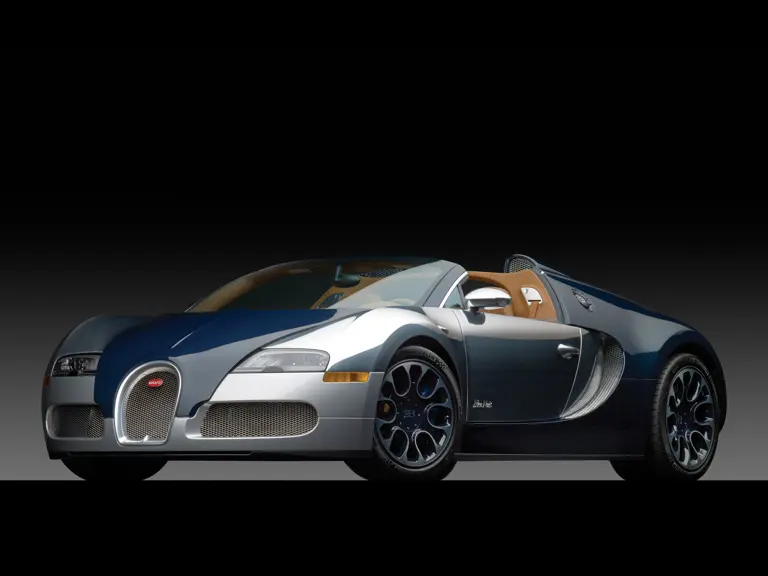
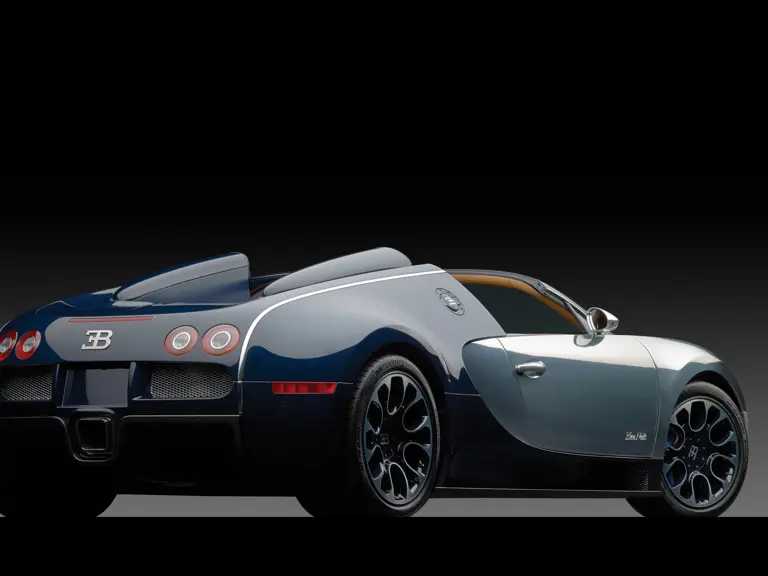
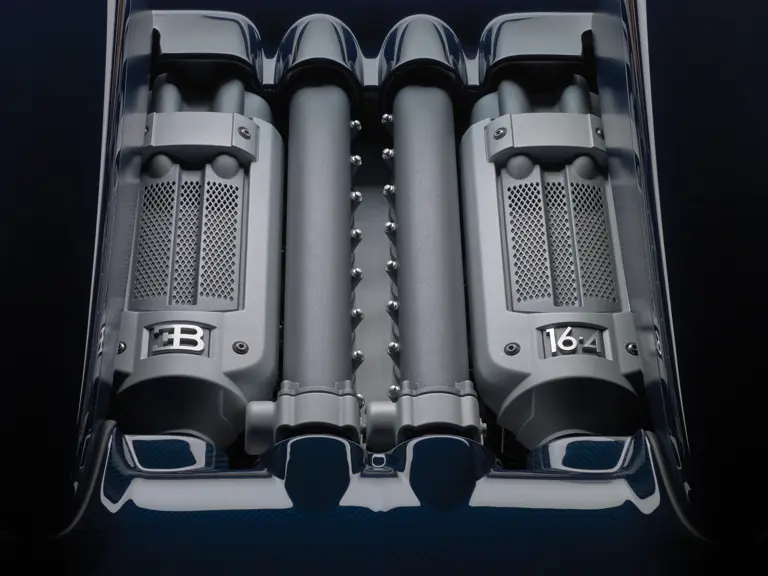


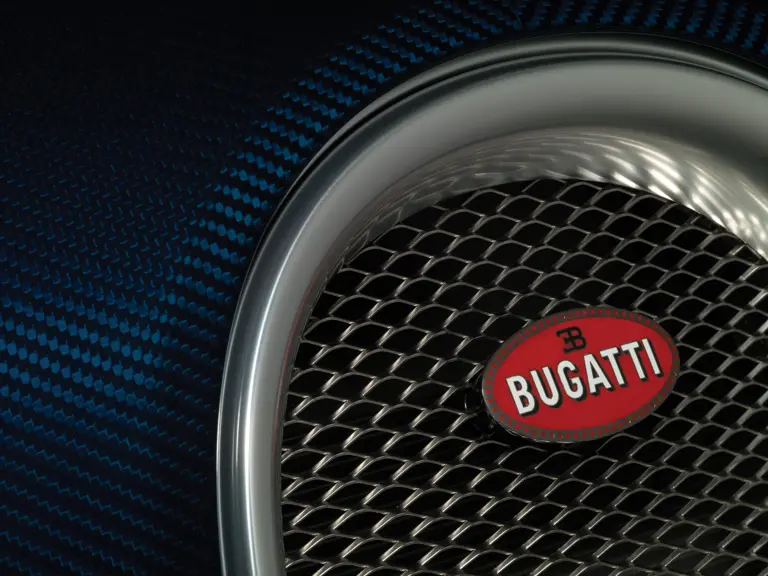
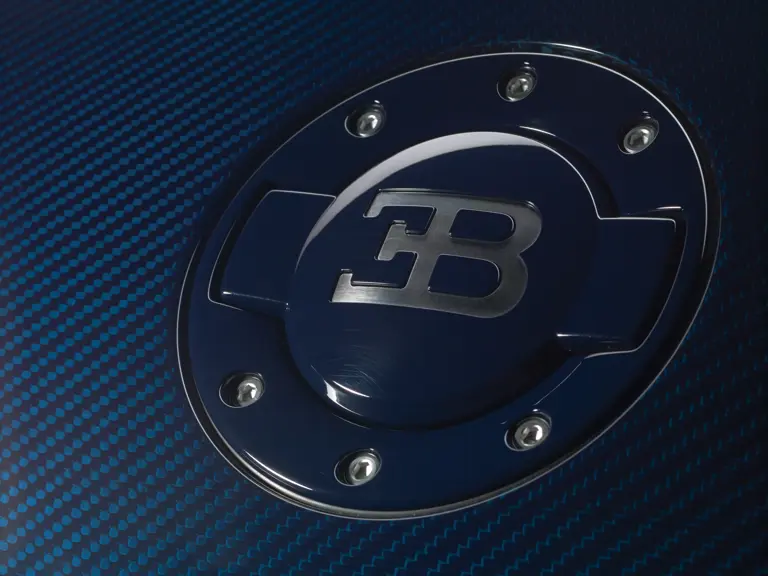



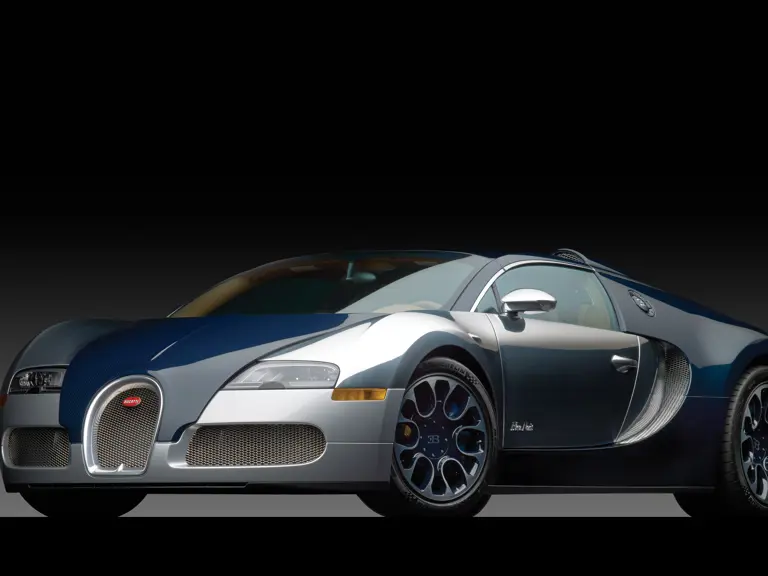
 | New York, New York
| New York, New York

